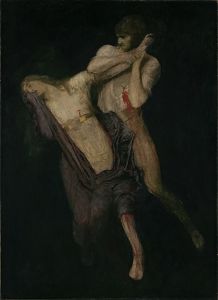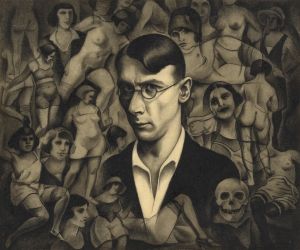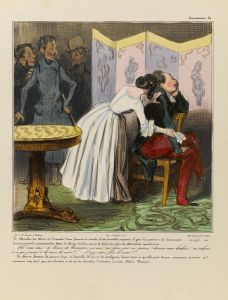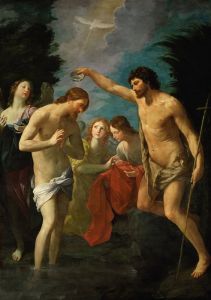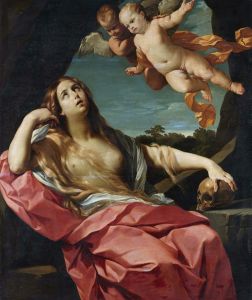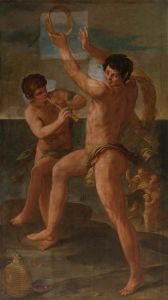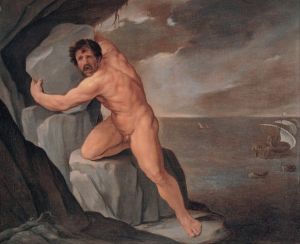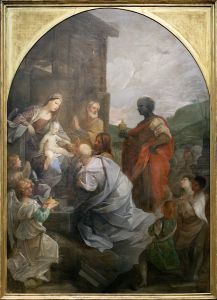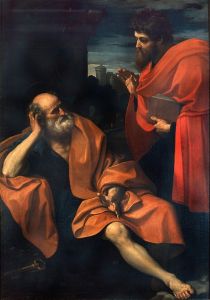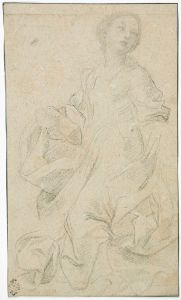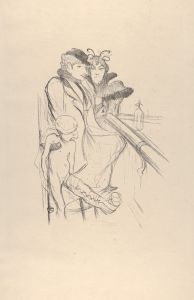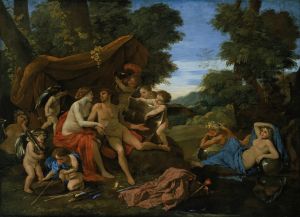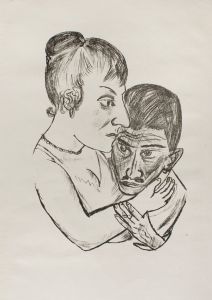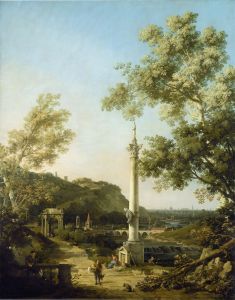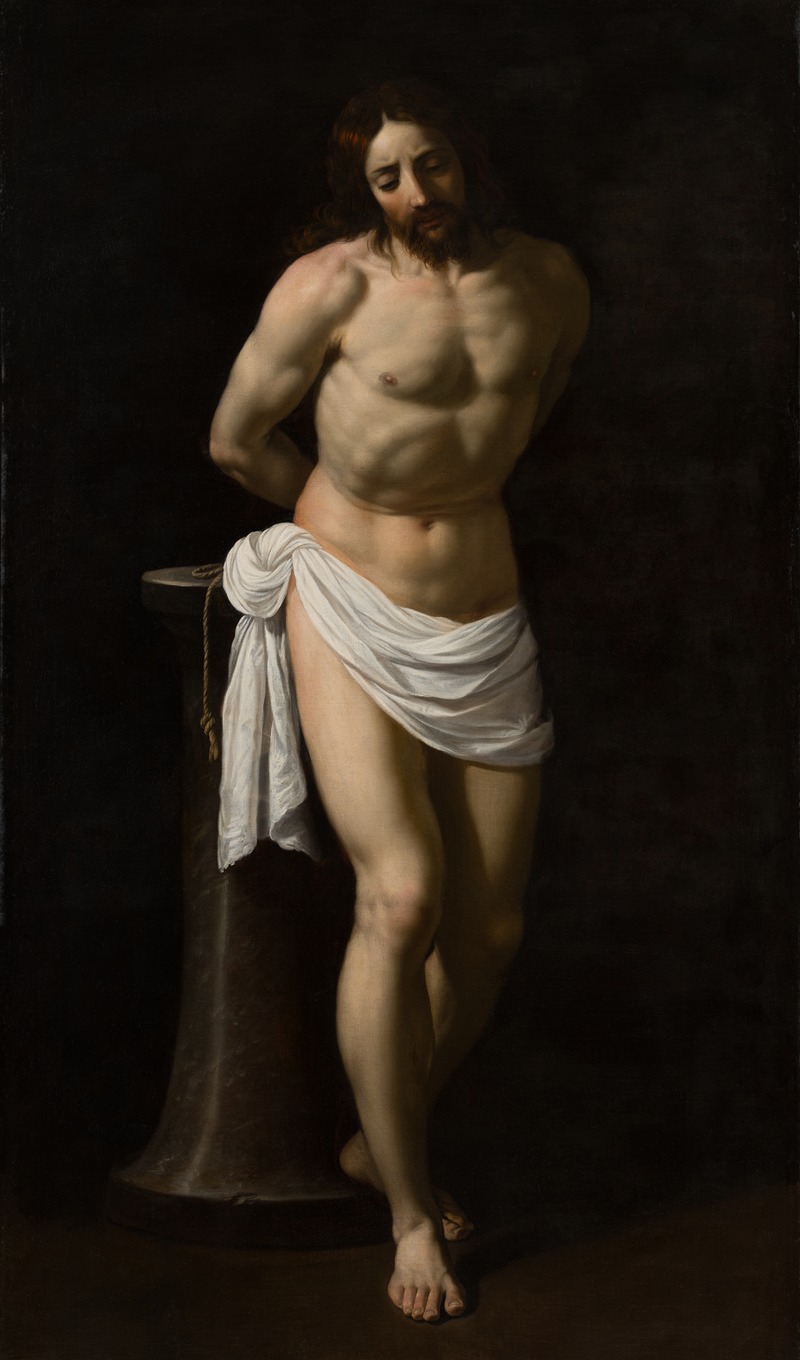
Christ at the Column
A hand-painted replica of Guido Reni’s masterpiece Christ at the Column, meticulously crafted by professional artists to capture the true essence of the original. Each piece is created with museum-quality canvas and rare mineral pigments, carefully painted by experienced artists with delicate brushstrokes and rich, layered colors to perfectly recreate the texture of the original artwork. Unlike machine-printed reproductions, this hand-painted version brings the painting to life, infused with the artist’s emotions and skill in every stroke. Whether for personal collection or home decoration, it instantly elevates the artistic atmosphere of any space.
"Christ at the Column" is a renowned painting by the Italian Baroque artist Guido Reni. Created around 1607, this work is a significant example of Reni's mastery in capturing religious themes with emotional depth and technical precision. The painting depicts the biblical scene of Christ being scourged at the column, a moment from the Passion of Christ, which is a common subject in Christian art.
Guido Reni was born in Bologna in 1575 and became one of the leading painters of the Baroque period. He was known for his graceful style and his ability to convey emotion through delicate use of color and light. Reni's work often focused on religious subjects, and he was highly regarded for his ability to depict divine figures with a sense of serenity and beauty.
In "Christ at the Column," Reni portrays Jesus Christ bound to a column, a scene that is both poignant and powerful. The composition is marked by its simplicity and focus on the figure of Christ, who is depicted with a calm and resigned expression. This portrayal emphasizes the humanity and suffering of Christ, inviting viewers to reflect on the themes of sacrifice and redemption.
Reni's use of chiaroscuro, the contrast between light and dark, is particularly effective in this painting. The light falls softly on Christ's body, highlighting his form against the darker background. This technique not only enhances the three-dimensionality of the figure but also adds a dramatic intensity to the scene. The subtle play of light and shadow is characteristic of Reni's style and contributes to the emotional impact of the work.
The painting is also notable for its attention to anatomical detail and the delicate rendering of Christ's skin, which appears almost luminous. Reni's skillful brushwork and his ability to capture the texture of flesh and fabric demonstrate his technical prowess and his deep understanding of the human form.
"Christ at the Column" reflects the Baroque era's emphasis on emotional engagement and spiritual contemplation. During this period, art was often used as a means to inspire piety and devotion, and Reni's work is a prime example of how religious themes were explored through visual art. The painting's serene yet poignant depiction of Christ's suffering invites viewers to meditate on the spiritual significance of the Passion.
Today, "Christ at the Column" is housed in the Galleria Nazionale d'Arte Antica in Rome, Italy. It remains a testament to Guido Reni's artistic legacy and his contribution to Baroque art. The painting continues to be admired for its beauty, emotional depth, and technical excellence, securing Reni's place among the great masters of his time.





